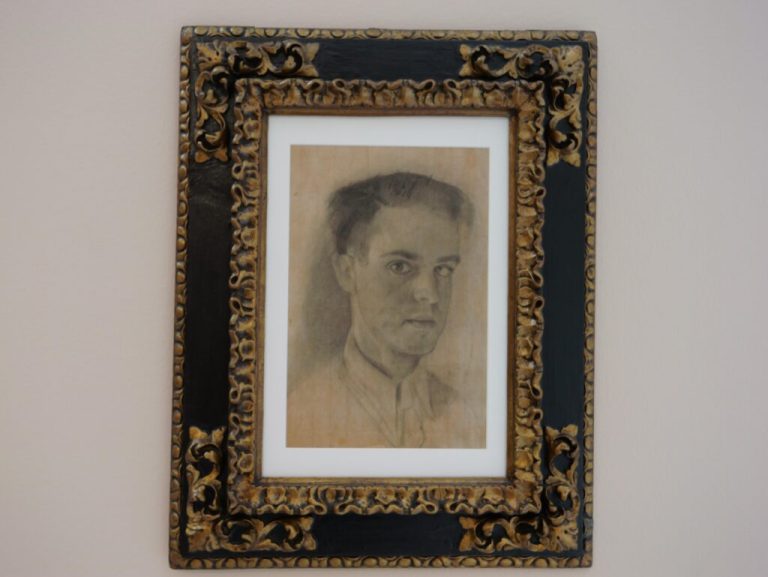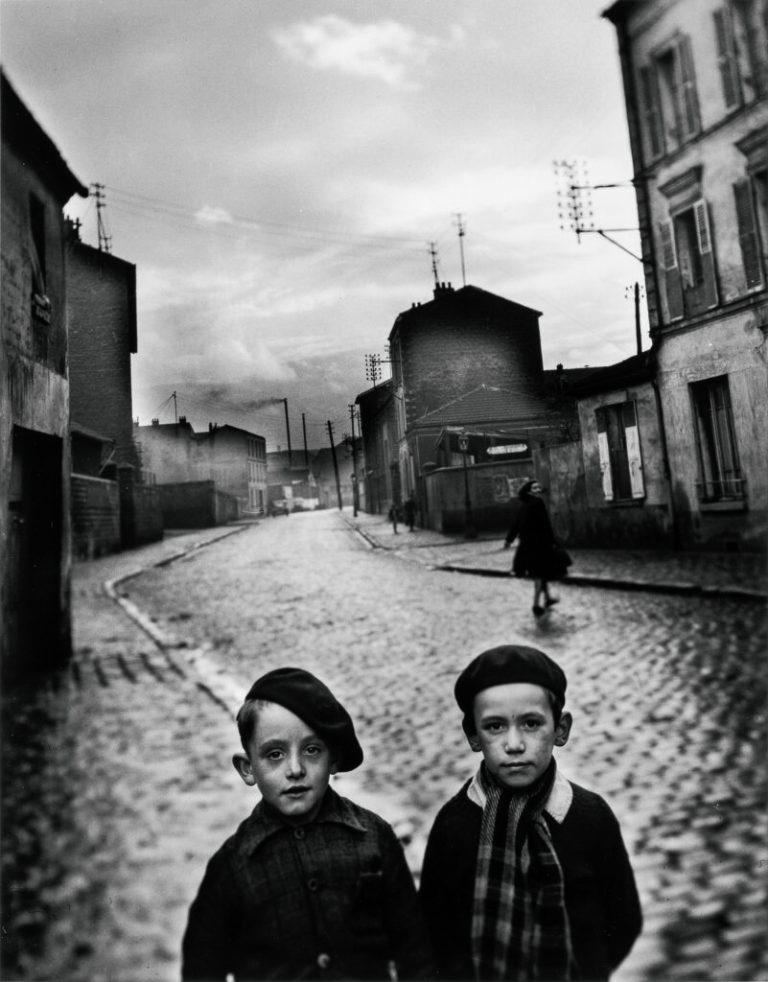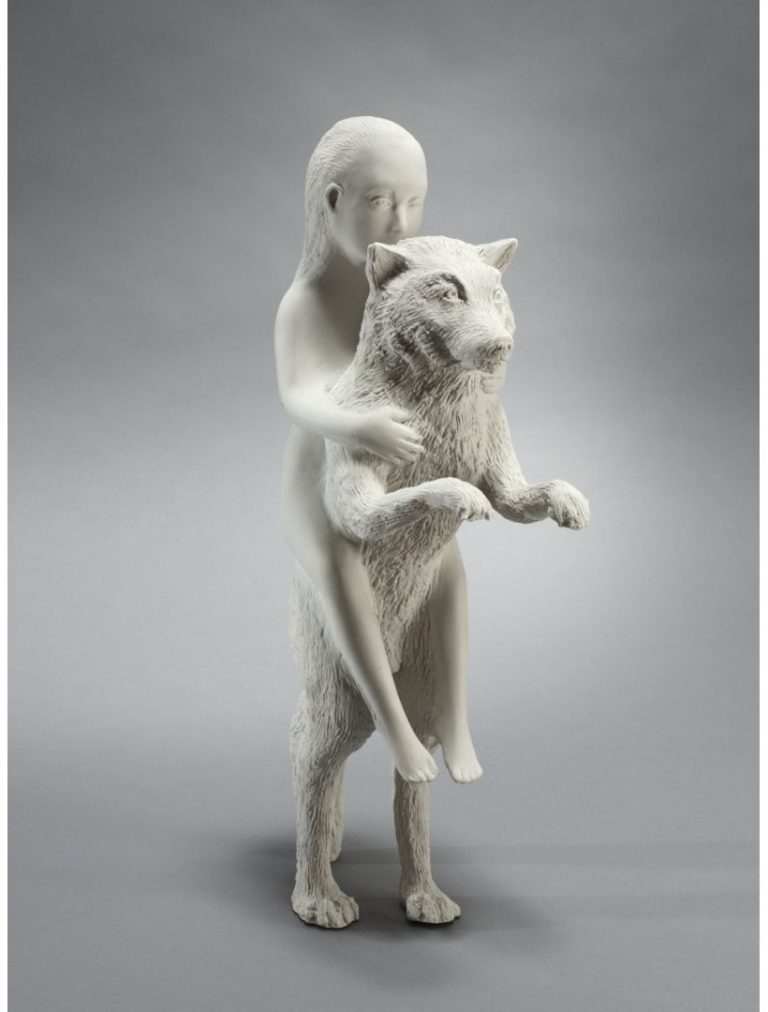London,
He was one of the great portrait painters of the late 19th century and the first decades of the 20th. He was acclaimed on both sides of the Atlantic and was closely associated with the best artists, writers, actors and musicians of his time, whom he also portrayed in paintings that were rarely commissioned and in which, for this reason, John Singer Sargent showed the most intimate and experimental, distinctive and personal side of his work against the rigidity of the more formal portrait codes.
Born into a wealthy American family that had lived in Europe since 1854, this artist trained at the Academy of Fine Arts in Florence and in Paris, together with Carolus Duran. In 1879 he had his first major success at the French Salon precisely with the Portrait of Carolus Duran (today kept at the Sterling and Francine Clark Art Institute) and, in the fall of that year, he traveled to Spain. He was in Madrid for about a month, dedicated almost exclusively to the study of Velázquez's work, of which he made a dozen copies in the Prado Museum; He then visited Granada, Ronda and Seville before moving, at the end of the year, to Morocco.
Already in August 1880 he traveled, with Paul Helleu, to Haarlem to study the works of Frans Hals, another painter who greatly impressed him. At the beginning of that same decade he lived for seasons in Venice, Paris, London and other cities and, although he would not stop leading an itinerant life, in 1886 he moved his workshop to the British capital after the hostile reaction he aroused at the Parisian Salon of 1884 his acquaintance Portrait of Madame; Since then, England became the center of his pictorial activity, achieving extraordinary celebrity there as a portraitist of high society.
Velázquez's mark is clear in his work, and was evident in a refined and subtle use of brushstrokes, in the use of silvery chromatic harmonies and the clear search for capturing atmospheres and suggesting space through light. . For Álvarez Lopera, the portrait of The daughters of Edward E. Boit (1882) is “like an attempt to create a modern Meninas, a tribute to the master in which Sargent used the same square format of the Prado painting, used the Velázqueña convention of the portrait as an everyday scene captured casually, played with a structure of large square and rectangular shapes for the determination of space and impregnated the scene with magic thanks to the subtle and mysterious play of light and the resource, also so Velazquean, of the image reflected in the mirror and the creation of fictitious spaces.”
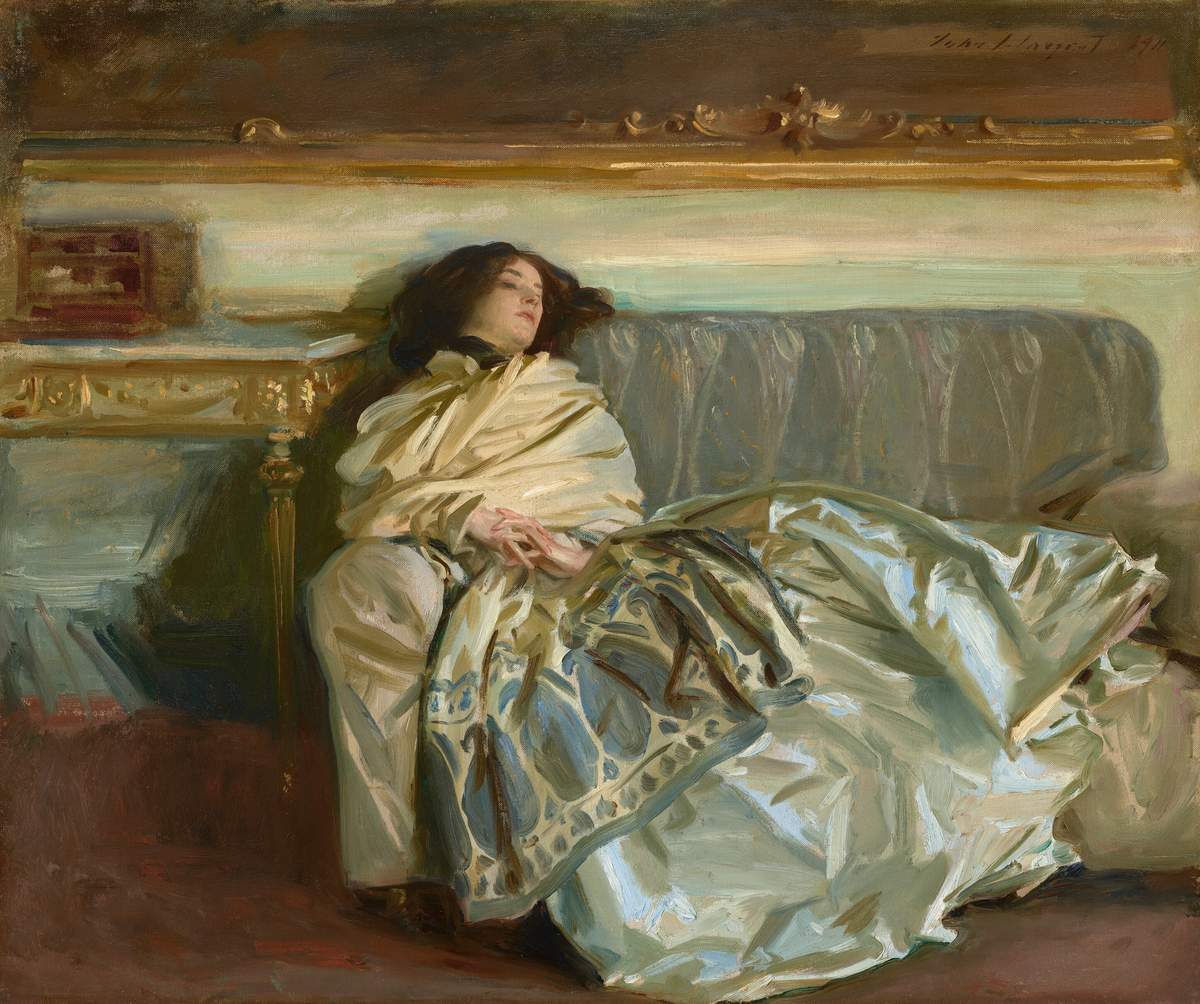
There have been many international exhibitions dedicated to the portraits of this artist; the one offered by the Tate Britain in London until July, and which comes from the Museum of Fine Arts Boston, explores them from a less traveled perspective: that of Sargent's links with fashion, with styles that had a lot to do with the image that their models projected to the world. Sixty works are part of the itinerary of this exhibition, including not very well-known loans and pieces taken from the Tate and the American museum's own collections, in addition to a dozen period dresses and accessories, some of them present in these compositions.
Unlike portraitists more eager to satisfy their clientele, he did not let himself be carried away solely by the demands of his paymasters, but rather used clothing as a powerful tool to refer to the individuality of those he painted and to establish his own aesthetic agenda, taking creative liberties and modifying or omitting details at his convenience: he regularly selected or manipulated outfits. A clear example is his Lady Sassoonfrom 1907, which we will see at the beginning of the exhibition next to the layer of black taffeta that covers it to see how Sargent pulled, wrapped and pinned the fabric to add drama to the result, perhaps as an art director would do today in a fashion photo shoot.
This exhibition also addresses some intrastories, mainly those of this author's main patrons, including nobles and influential figures. In the portraits he dedicated to these elites we will find a reflection of the aesthetic and clothing customs of this time: that of Mrs. Charles E. Inch (Louise Pomeroy), dated 1887, is accompanied by the red velvet evening dress worn by the model; Likewise, the insignia worn by Charles Stewart, 6th Marquess of Londonderry, at the coronation of Edward VII in 1904, are seen in the painting of him to show how Sargent could convey rank and personality through accessories.
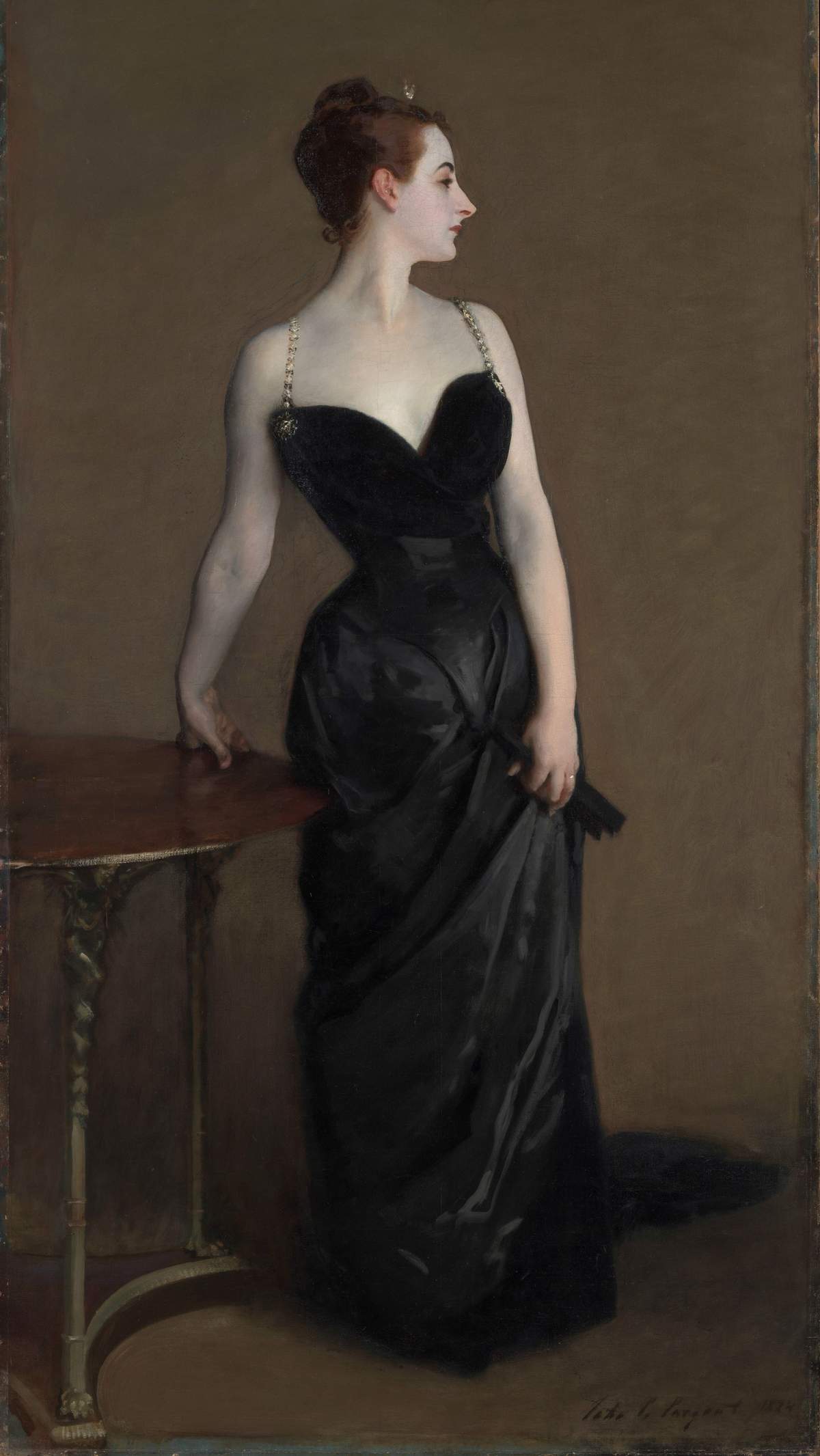
As we said, the painter was able to take even more license with those works that were not commissioned, such as the aforementioned Madame X, an image he gave to Virginie Amélie Gautreau in 1883-1884, which took him a year to create and which caused a stir because of that diamond shoulder pad that falls from his shoulder; in a later version she arranged it correctly, and both, belonging to the Tate Gallery and the Metropolitan in New York, can be seen in this exhibition. To delve into these creative processes, we can approach photographs, drawings, clothing and stories written by her models, including images that document Sargent immersed in the portrait of Mrs Montgomery Sears, from 1899; or the different phases of completion of that of Mrs Fiske Warren and her daughter Rachel in 1903.
Their use, or not, of certain garments challenged social codes and conventions regarding male and female appearance, participating in the changes in gender roles emerging at the end of the 19th century; A clear example is the painting of her by Vernon Lee (1881), that was the pseudonym of the British writer Violet Paget, who used to dress in an austere and almost masculine way, refusing to conform to the usual notions of femininity. Among Sargent's most dramatic and least traditional male portraits is that of Doctor Pozzi in the privacy of his home, which he carried out in 1880 and in which this surgeon and esthete, to whom Julian Barnes has dedicated one of his latest novels , wears an extravagant red robe and Turkish slippers. He is also waiting for us in London.
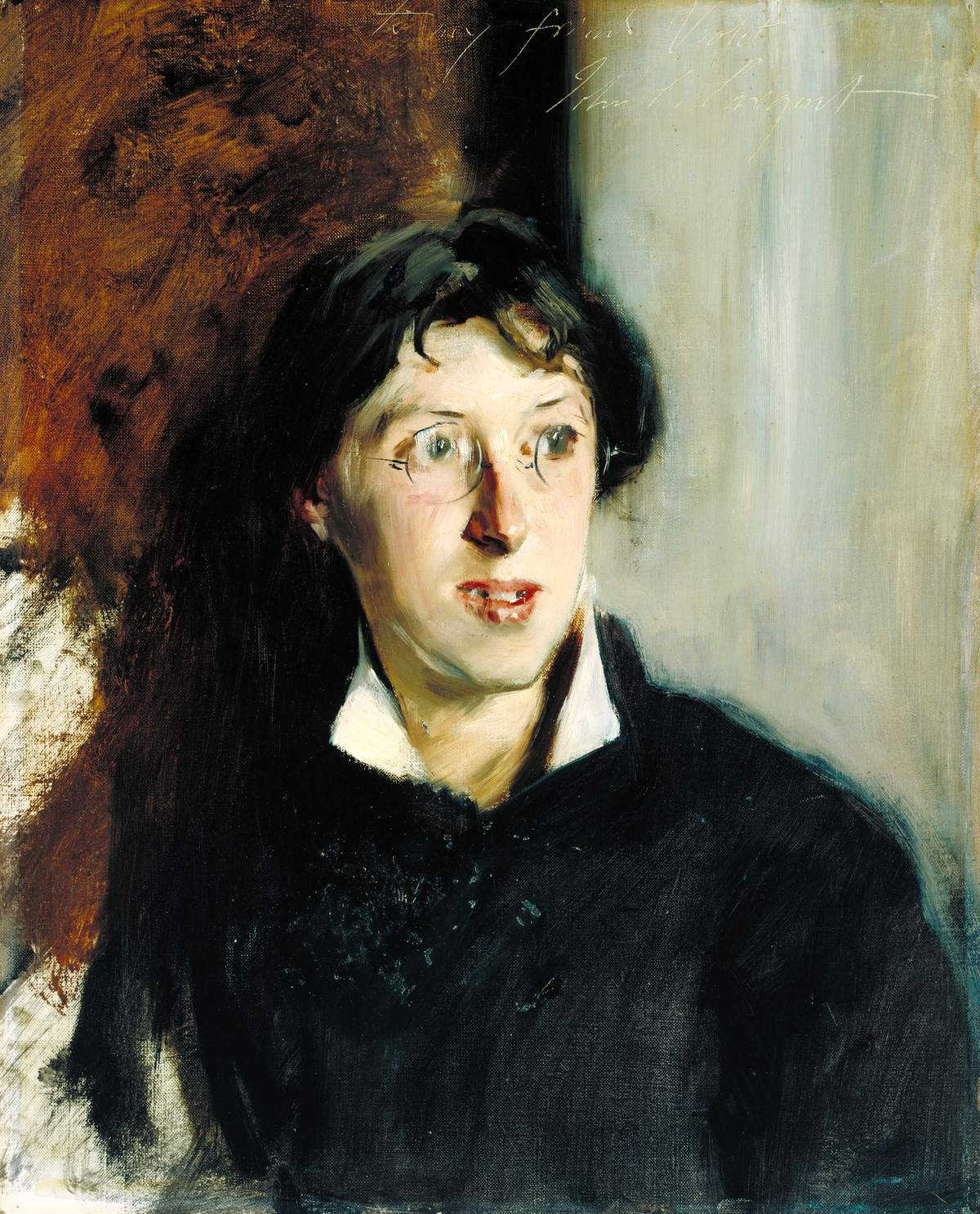
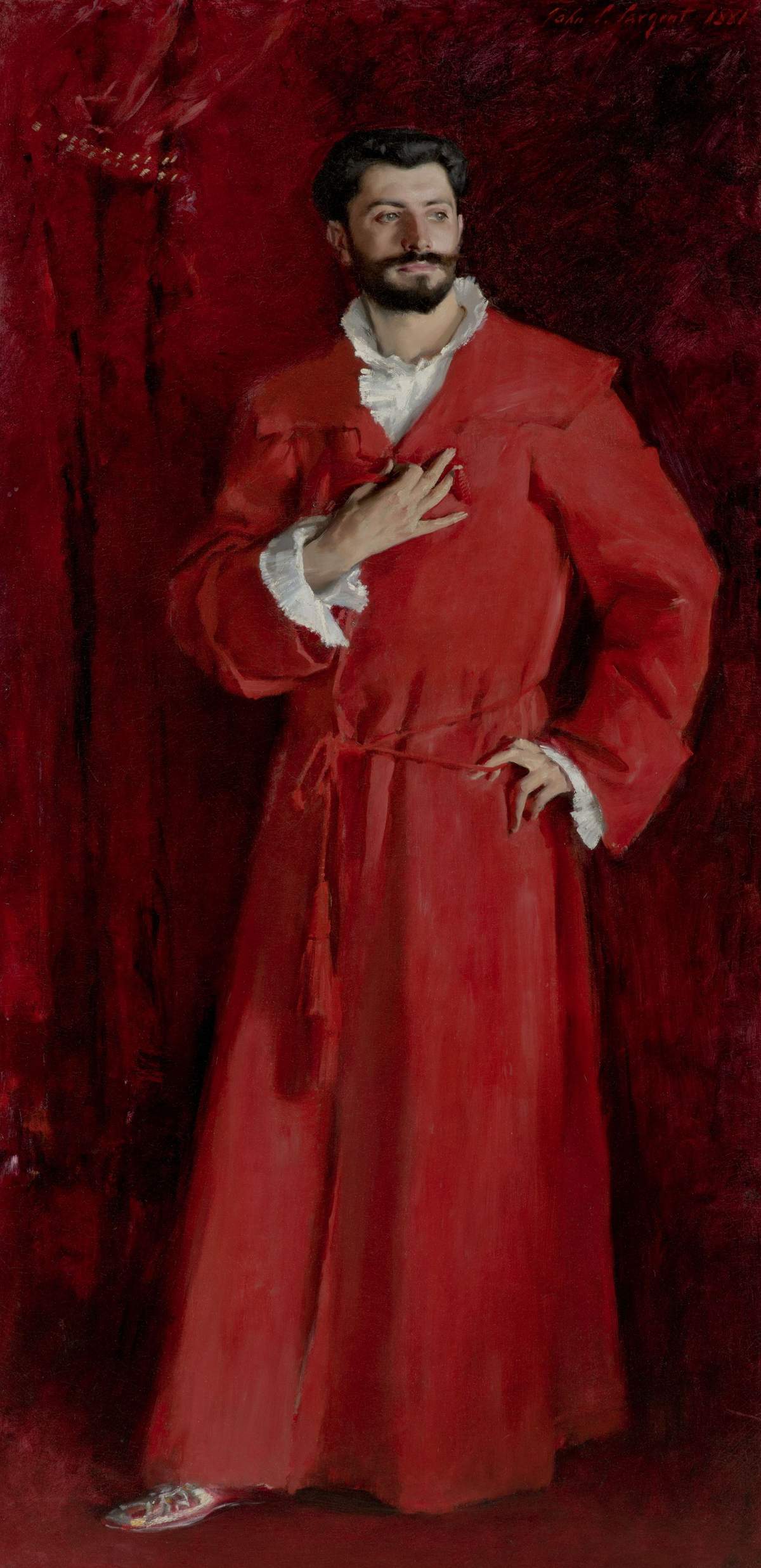
In addition to his patrons, as we said, the American brought artists, dancers, actors and singers to his canvases; Ellen Terry's powerful image of him as Lady Macbeth (1889) is displayed alongside the composition's dress and cape, as is Carmencita (1890), a representation of the Spanish dancer Carmen Dauset Moreno – who at a very young age performed in music halls in the United States, Europe and South America – is displayed next to the bright yellow satin dress she wears, halfway between the popular and the elegant.
The coat is the picture, Sargent once said to Graham Robertson, a painter and collector whom he also portrayed. He stressed that, at least in the pictorial field, the habit can make the monk.
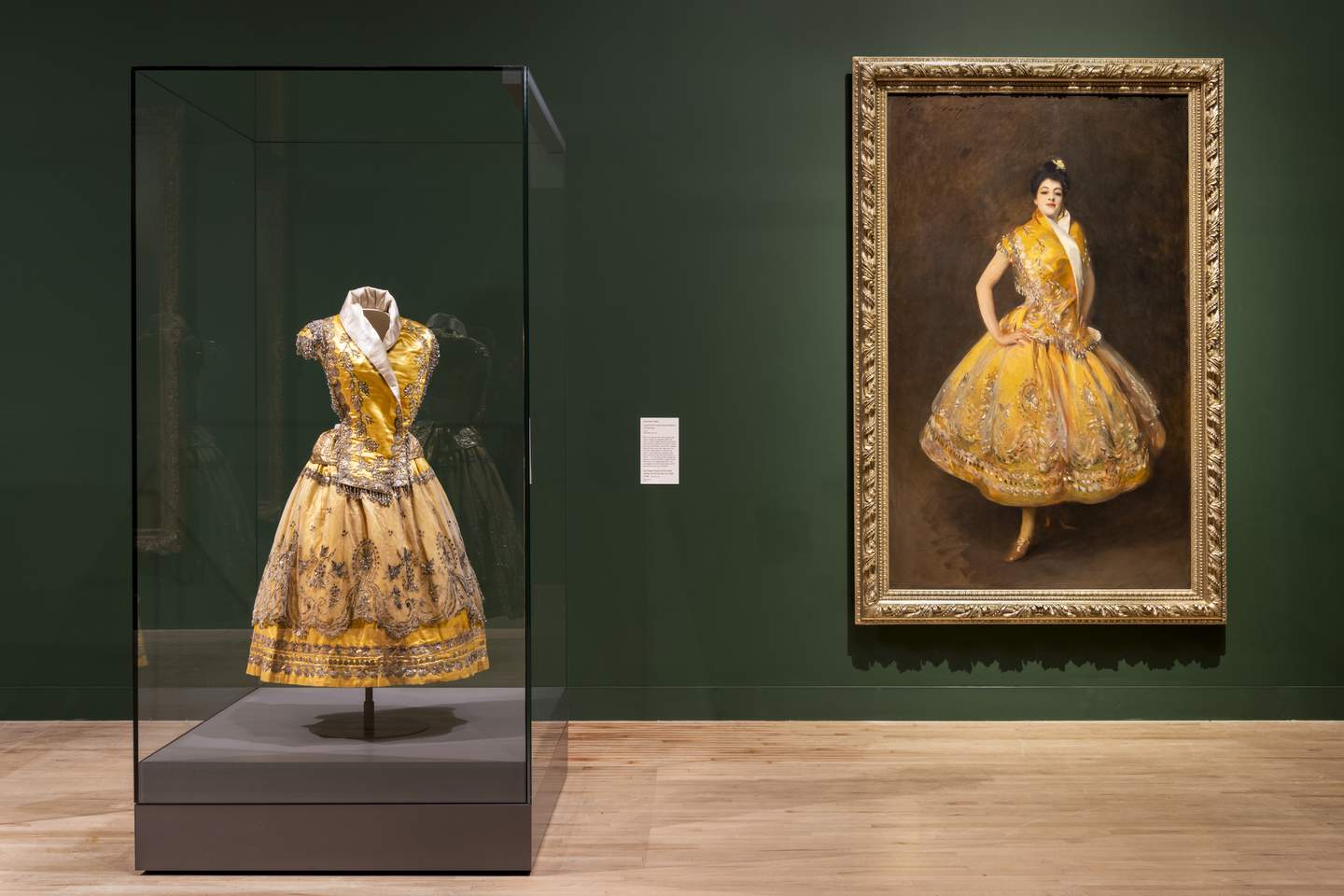
“Sargent and fashion”
TATE BRITAIN
Millbank
London SW1P 4RG
From February 22 to July 7, 2024

